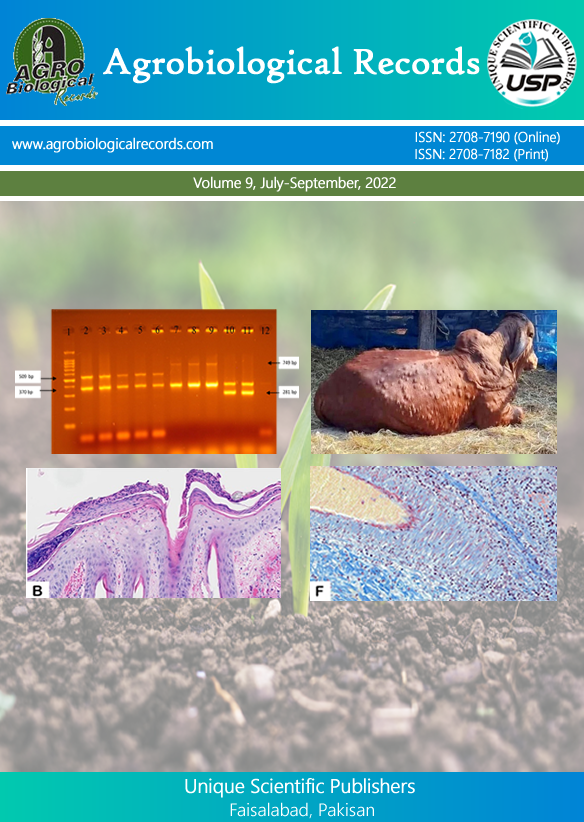
Yasir Majeed 1*, Muhammad Bilal Shaukat 1, Karim Yar Abbasi 1 and Muhammad Ameen Ahmad 2
1Institute of Horticultural Sciences, University of Agriculture, Faisalabad, Punjab, Pakistan 2Department of Chemistry, Lahore Garrison University, Lahore, Punjab, Pakistan
*Corresponding author: yasirmajeed4828@gmail.com
Diabetes is the most growing disease and becoming the third "killer" of mankind, after cancer and cardiovascular diseases due to its high prevalence, morbidity, and mortality. According to the Diabetes Prevalence Survey of Pakistan (2017), approximately 21.9 million adult population of Pakistan is suffering from diabetes mellitus. Pakistan's National Diabetes Survey stated that 26 percent of Pakistanis are victims of diabetes. According to a fresh survey (2017) conducted by Hayatabad Medical Complex, Peshawar "One in every six persons is diabetic in Pakistan". The severity of this disease is increasing day by day in the world as well as in Pakistan. As Pakistan is a developing country, it is impossible to provide modern medical facilities for the treatment of diabetes to every person. But indigenous medicinal plants are the potential candidates to cure this disease. A variety of chemical compounds (i.e., polyphenols, flavonoids, alkaloids, terpenoids, phenolic content, tannins, saponin and glycoside) present in the various parts of the indigenous plants e.g. leaves, roots, stem, wood, fruit, seeds, flowers etc which alone or with the combination of other compounds gives superior effects in the management of this disease. This review will provide information about the antidiabetic potential of indigenous plants of Pakistan along with the local names, their region of availability in Pakistan, and their antidiabetic bioactive compounds which are reported in research studies.